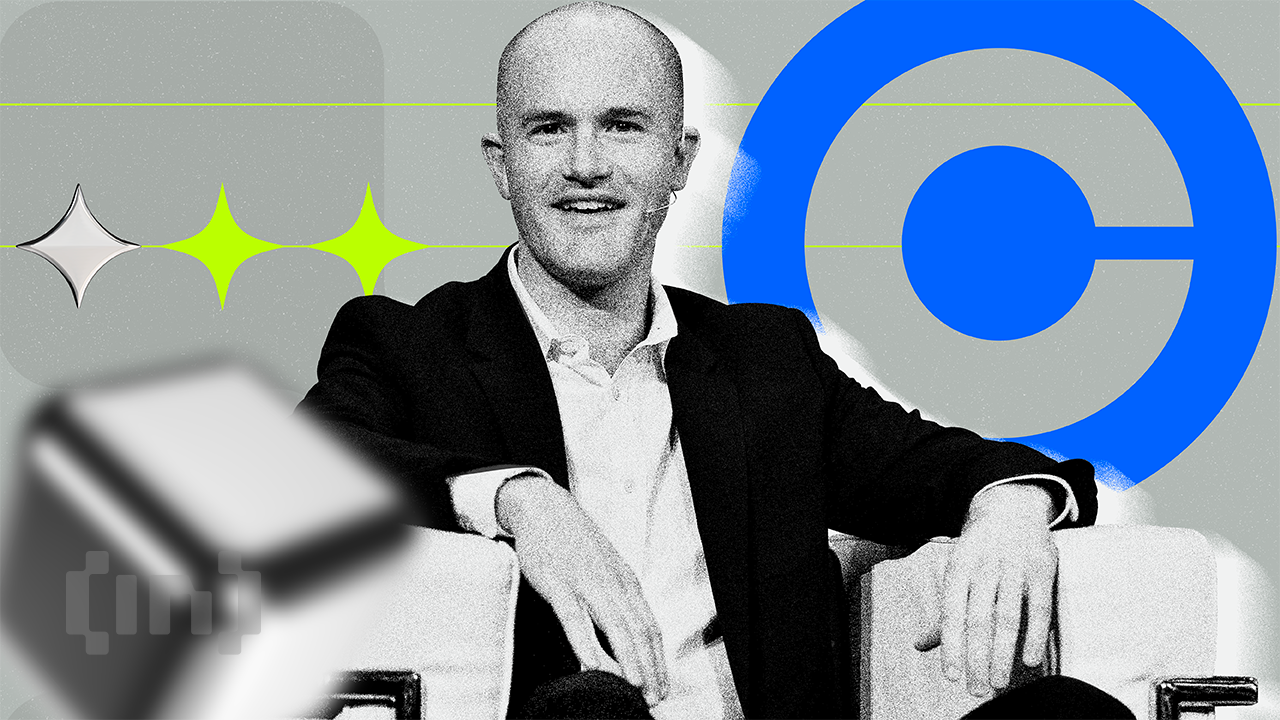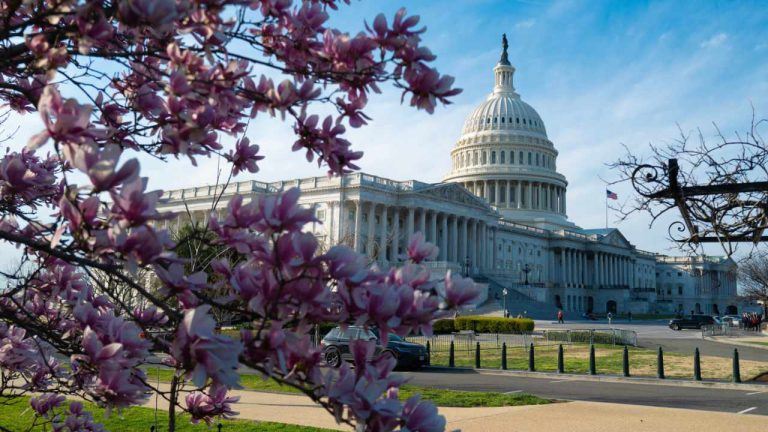In the crypto industry, Mike Ermolaev, founder of Outset PR, has built a reputation as one of the leading voices in industry communication.
Since 2017, his PR initiatives have been instrumental in the growth of crypto wallets, exchanges, and decentralized platforms, gradually transforming public perception of the crypto industry as a whole. In this interview, Ermolaev lifts the corporate veil to reveal what’s really happening in the crypto PR sector—from the influence of so-called ‘bro culture’ to the playbook for mass adoption he’s developed over years of experience.
Crypto’s PR Problems: A Fragmented, “Wild West” Legacy
When asked about the root of crypto’s PR issues, Mike Ermolaev points to the industry’s fragmented narrative, attributing its shaky reputation more to its ‘Wild West’ past than to any specific figures or events. Comparing crypto’s evolution to the early days of the internet, he remarks:
“Crypto doesn’t have a consciously structured public image – its reputation has grown organically through waves of technological developments like NFTs, DeFi, metaverses, ICOs, and other innovations. This resembles the Wild West days of the internet, when no one could predict what would happen next, making it impossible to establish a singular, lasting impression in the public’s mind.
From the outside, crypto seems like an unpredictable, high-risk experiment with a complex structure. It’s not intuitive like traditional banking, where users don’t need to know how the system works to trust it. With crypto, that trust hasn’t been built yet. When a project lacks clarity about how it functions, people’s willingness to engage diminishes.
Bitcoin’s wild price fluctuations only deepen the confusion. For someone on the outside, seeing Bitcoin jump from around $16,000 in late 2022 to nearly $90,000 by the end of 2024—with stretches of calm followed by big surges—can feel like a wild ride. The reasons behind these ups and downs aren’t always obvious. Unlike gold or stocks, crypto seems way more unpredictable. Industry insiders might get what’s driving the changes, but to most people, it just looks like random chaos.”
Ermolaev notes that the media’s sensationalism exacerbates the industry’s public image problem by fixating on scams and sudden market drops that capture attention. “Fortunes made by early adopters only add to the confusion,” he notes. “It’s hard for the public to grasp that a $5,000 investment in Bitcoin’s early days could be worth millions today.” This leads many to suspect the industry is either a bubble waiting to burst or, worse, a large-scale scam.
For crypto PR professionals, Ermolaev suggests gradually reshaping this perception by emphasizing stability and long-term potential over sensationalism. He believes that as the industry matures, institutional investors are stepping in to cushion the ride and pioneers with bold visions are finally becoming more visible. However, until that maturity fully takes hold, crypto will continue to be shaped by shifting market trends and headlines.
Does Crypto Need a Rebrand?
Asked whether crypto needs a rebrand, Ermolaev argues that lasting improvement won’t come from rebranding alone. Long-haul gains, not short-term fixes, are what he believes the industry should be aiming for. Traditional branding approaches, he says, aren’t suited to an industry that changes as quickly as crypto.
“What’s needed now are tactical, adaptive approaches that respond to the industry’s rapid shifts. New products, trends, and technologies emerge too quickly for companies to lock into long-term strategies. Leaders in this space must strike a balance between strategic foresight and the flexibility to adapt in real-time,” he opines.
Crypto’s setbacks, though dire in the moment, can ultimately become teachable moments, asserts Ermolaev, because they reveal the industry’s underlying strength and resilience.
In the long run, Ermolaev believes crypto’s narrative will shift naturally from speculation to utility. The projects that survive these cycles and offer tangible, practical value—especially at the intersection of crypto and traditional finance—will drive the next wave of adoption. He sees the future of crypto’s reputation as dependent not on PR alone but on the development of reliable, non-speculative products that can meet real needs.
“The crypto industry’s biggest problem isn’t its image – it’s the need for steady progress. At the end of the day, the thing that counts is developing reliable, useful products that can bridge the gap between crypto and the traditional economy. These efforts will organically shift the narrative toward legitimacy and trust.
Cryptocurrency needs a course correction – it’s time to shift our focus from fancy visuals to real-life benefits that genuinely improve people’s daily lives. The next chapter for the industry will be written not by PR campaigns but by the products, solutions, and innovations it brings to life,” he elaborates.
The Real Barriers to Crypto Adoption
When asked if “bro culture” within the crypto community impacts adoption, Ermolaev is quick to shift the focus away from community culture and onto more substantial barriers. He believes the narrative tone within crypto is not nearly as significant as the structural issues that prevent mainstream adoption. He clarifies,
“The so-called ‘bro culture’ within the crypto community isn’t as influential in shaping mass adoption as some might think. The real obstacles are far more fundamental: high volatility, steep learning curves, and regulatory ambiguity. These barriers are more significant than the tone or culture of the community itself. For users, it’s not about how crypto projects communicate – it’s about accessibility, reliability, and trust.”
He observes that most governments are hesitant to allow crypto to operate freely, apart from exceptions like El Salvador or the Central African Republic, where national currency instability has driven a different approach. He argues that regulation, rather than public sentiment or community culture, will ultimately dictate the pace of crypto’s mainstream acceptance:
“If a major economy like the US fully legalized crypto, mass adoption would follow swiftly. At that point, the tone of the community or media portrayal would matter little – what would truly matter is that crypto would have the regulatory approval to operate freely.”
Ermolaev also notes that the seesaw effect of the crypto market influences people’s participation, observing that “When Bitcoin reaches new highs, the buzz draws in more participants. But when the downturn hits, the faint-hearted flee, exposing the true long-term supporters.”
Building Trust Through Tangible Value
In the end, Ermolaev believes that for mass adoption to succeed, regulatory clarity and real-world value are paramount, as they would ultimately overshadow community culture or tone. He notes that mainstream acceptance is contingent on practical utility,
“The real shift will occur when the crypto industry develops products that offer tangible, long-term value—not only for crypto enthusiasts but also for everyday users. Real people have real problems; these products should address those problems head-on.
Mike believes traditional industries and crypto should join forces. In his opinion, the products that genuinely resonate with people are those that tackle struggles they face and provide functionality that matters. “Success depends on utility – creating tools that people understand, rely on, and can integrate seamlessly into their daily routines,” he adds.
Ermolaev views moves by tech giants, like PayPal’s launch of its own stablecoin, as major steps toward everyday acceptance of crypto. “If a global giant like Amazon were to start accepting stablecoins, adoption would increase exponentially,” he predicts, emphasizing the need for real-world integration.
Handling Boom-Bust Cycles
Asked about crypto’s outlook, Ermolaev remains cautiously optimistic, suggesting that the recent Trump-boosted surge could maintain momentum.
“Right now, the crypto industry is experiencing what feels like its second wind. Fresh developments in DeFi and layer-two solutions are bursting onto the scene, bringing radical ideas to the forefront,” he explains.
According to him, when innovation accelerates, market excitement grows, but so does the risk of unexpected downturns. Flash-in-the-pan products may hold people’s attention for a brief moment, but even as they fade, they often leave behind valuable insights and ideas that can be adapted to create something fresh, exciting, and more enduring. Ermolaev believes these boom-and-bust cycles are intrinsic to the industry and that reputational risks are inevitable. Still, he emphasizes that regulation will be the ultimate “game-changer”:
“As soon as a major economy like the US or the EU introduces clear regulatory frameworks, the market will see an unprecedented wave of adoption.”
Until that regulatory clarity arrives, Ermolaev expects the cycle of bull runs followed by corrections to persist, each iteration drawing in more participants and bringing crypto closer to the mainstream.
In the end, Ermolaev believes that for mass adoption to succeed, regulatory clarity and real-world value are paramount, as they would ultimately overshadow community culture or tone.
He notes that mainstream acceptance is contingent on practical utility,
“The real shift will occur when the crypto industry develops products that offer tangible, long-term value—not only for crypto enthusiasts but also for everyday users. Real people have real problems; these products should address those problems head-on.”
Ermolaev views moves by tech giants, like PayPal’s launch of its own stablecoin, as major steps toward everyday acceptance of crypto. “If a global giant like Amazon were to start accepting stablecoins, adoption would increase exponentially,” he predicts, emphasizing the need for real-world integration.
Mike believes traditional industries and crypto should join forces. In his opinion, the products that genuinely resonate with people are those that tackle struggles they face and provide functionality that matters. “Success depends on utility – creating tools that people understand, rely on, and can integrate seamlessly into their daily routines,” he concludes.
About Mike Ermolaev
Thought-provoking articles and expert commentary of Mike Ermolaev go beyond PR and appear in top industry publications, where he uncovers trends, issues, and future possibilities in crypto. For instance, in November 2021, Mike predicted an all-time high for Bitcoin during what he called ‘Moonvember.’ True to his forecast, Bitcoin soared to a record-breaking $69,000 that month, aligning perfectly with his optimistic outlook.
Ermolaev also anticipated an influx of institutional investors well before spot Bitcoin ETFs were approved, predicting this would gradually reduce Bitcoin’s volatility—a trend now taking shape as more institutions enter the market, adding stability to the crypto landscape.
In addition, he runs his signature interview series, Crypto Opinion with Mike Ermolaev, to engage with prominent leaders in the crypto and tech sectors and hear directly from industry pioneers. Among others, he’s interviewed CTO of Tether Paolo Ardoino on the resilience of the world’s largest stablecoin and Tether’s charitable initiatives; Google Web3 leader Allen Day on integrating blockchain and cloud; Ripple President Monica Long on regulatory challenges; and Bitget CEO Gracy Chen on gender bias in crypto and fostering inclusivity.
Beyond the crypto sphere, Mike has interviewed high-profile figures, including Grammy-winning drummer Matt Sorum, who played with Guns N’ Roses and Velvet Revolver, hip-hop artist French Montana, and even royalty—Prince Philip of Serbia—showcasing his unique ability to bridge crypto with broader cultural and societal conversations.
The post “Crypto’s Next Chapter Won’t Be Written by PR – It’ll Be Written by Products” — Mike Ermolaev on the Industry’s Road to Mainstream appeared first on BeInCrypto.

 1 day ago
12
1 day ago
12









 English (US) ·
English (US) ·